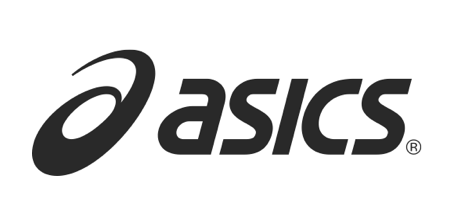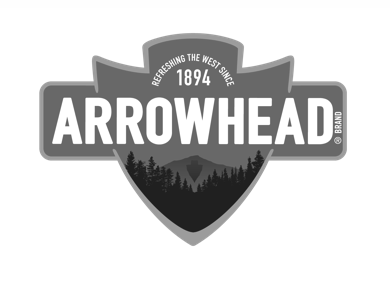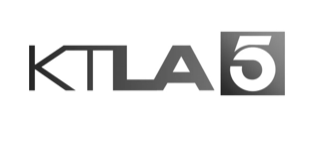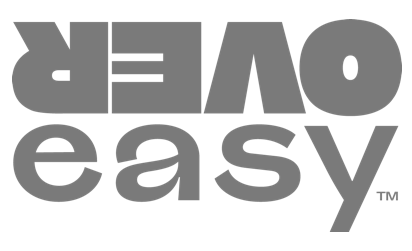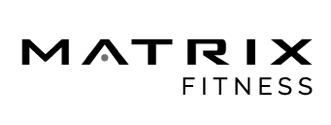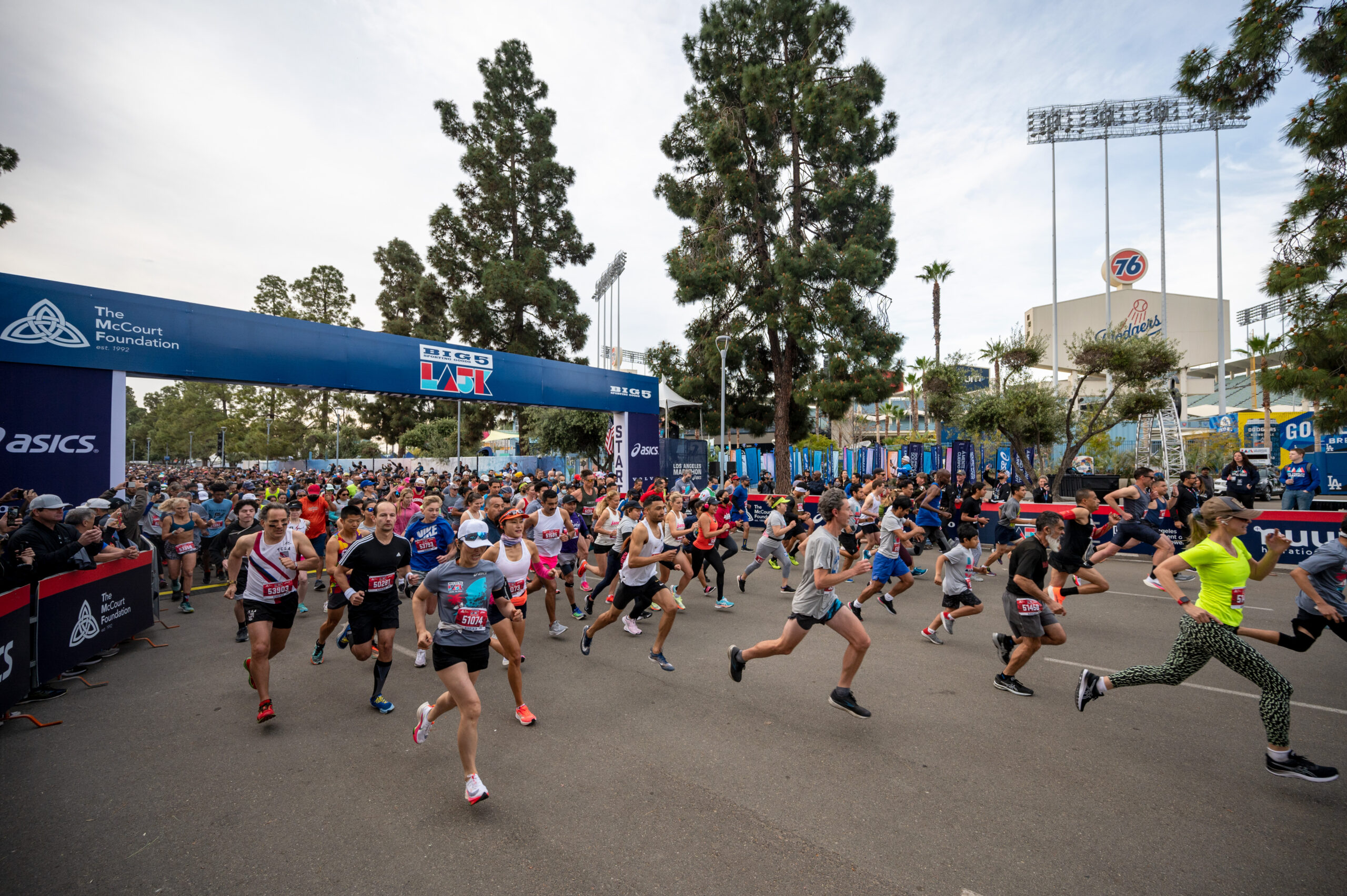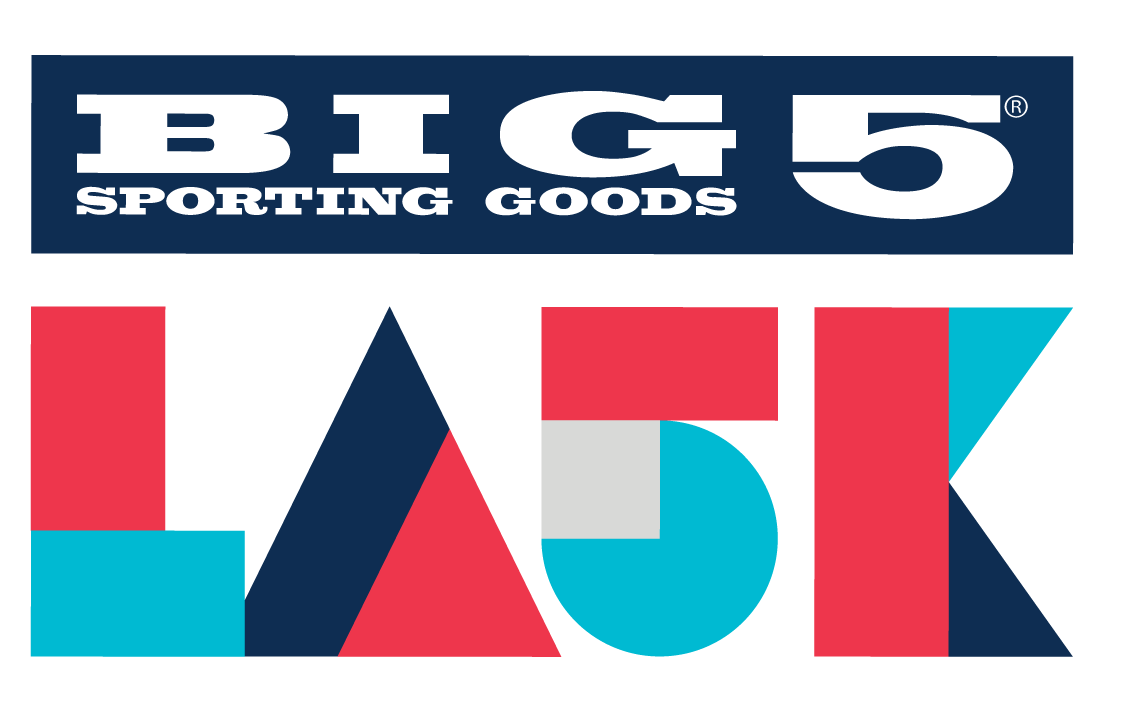LA Big 5K
This family-friendly 5K is open to participants of all ages and abilities, including runners, walkers and strollers. Experience an iconic run through Los Angeles as you run through beautiful Elysian Park before a rewarding finish set against the backdrop of world-famous Dodger Stadium. All participants will receive a race shirt, finishers medal, post-race refreshments and a truly unforgettable race experience.
Whether you’re a seasoned athlete going for a personal record, signing up for your first marathon or 5K, or simply want to cheer on the many participants, we hope you’ll be part of the 40th running of the Los Angeles Marathon. Your participation is appreciated and in support of the McCourt Foundation’s mission to help find cures for neurological disease and empowering others to build a healthier world. Together, we can make a difference.
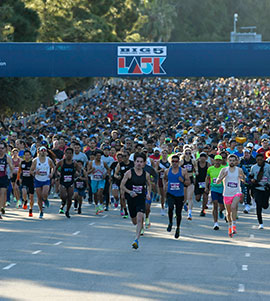
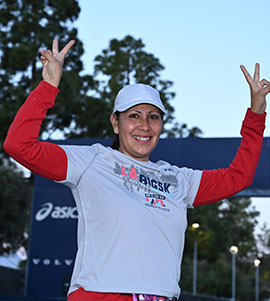
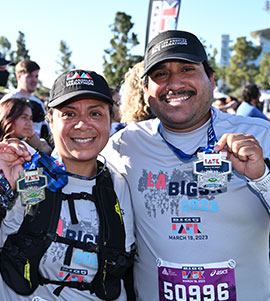
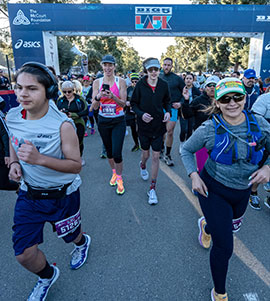
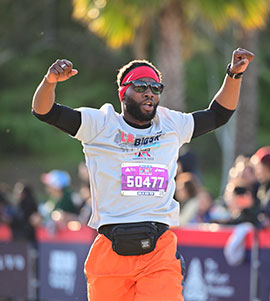
Stories
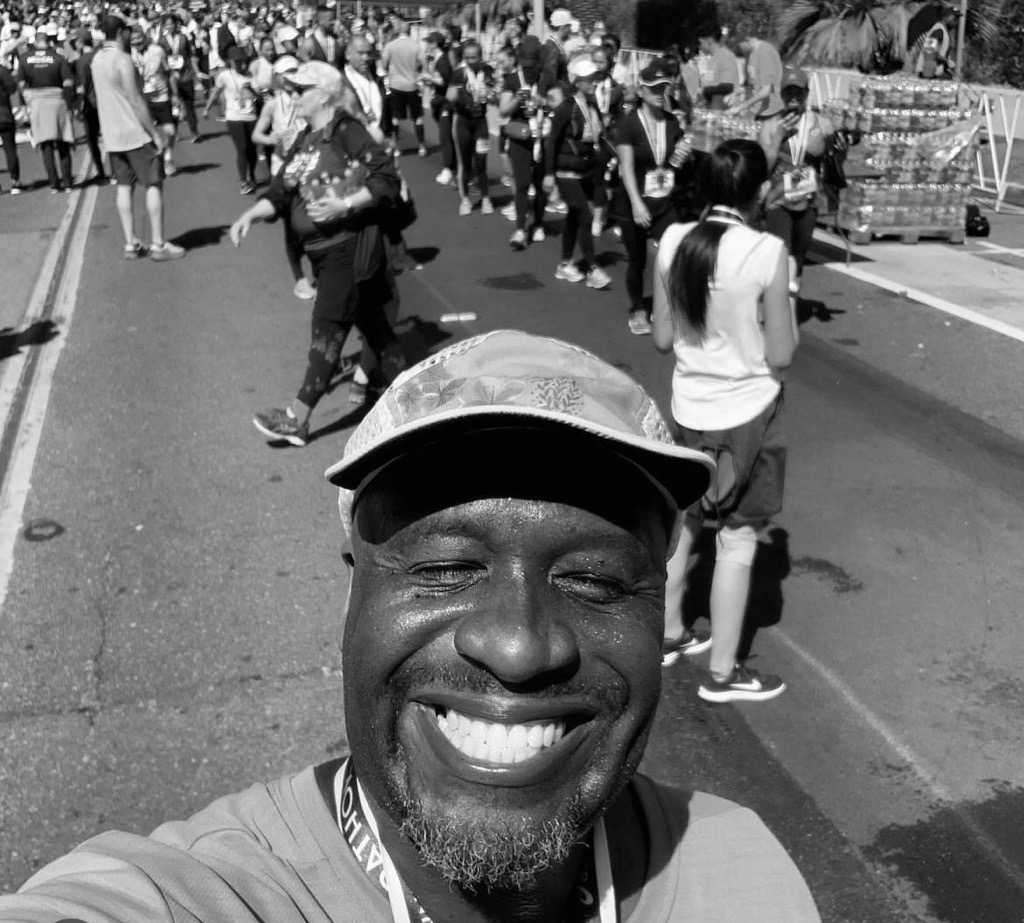
Meet Shamar: Team TMF Participant and LA Marathon Ambassador
Growing up, Shamar never considered himself to be a runner. Although he was an active basketball athlete, running never came easy to him. In 2004, Shamar was inspired to run a marathon in honor of...
Read more
Meet Jeremy: Crossed off a bucket list race in honor of his Grandfather
Jeremy learned about The McCourt Foundation and Team TMF while looking at the registration options for the 2021 LA Marathon. "I am extremely excited to use my passion for running as an opportunity to raise...
Read more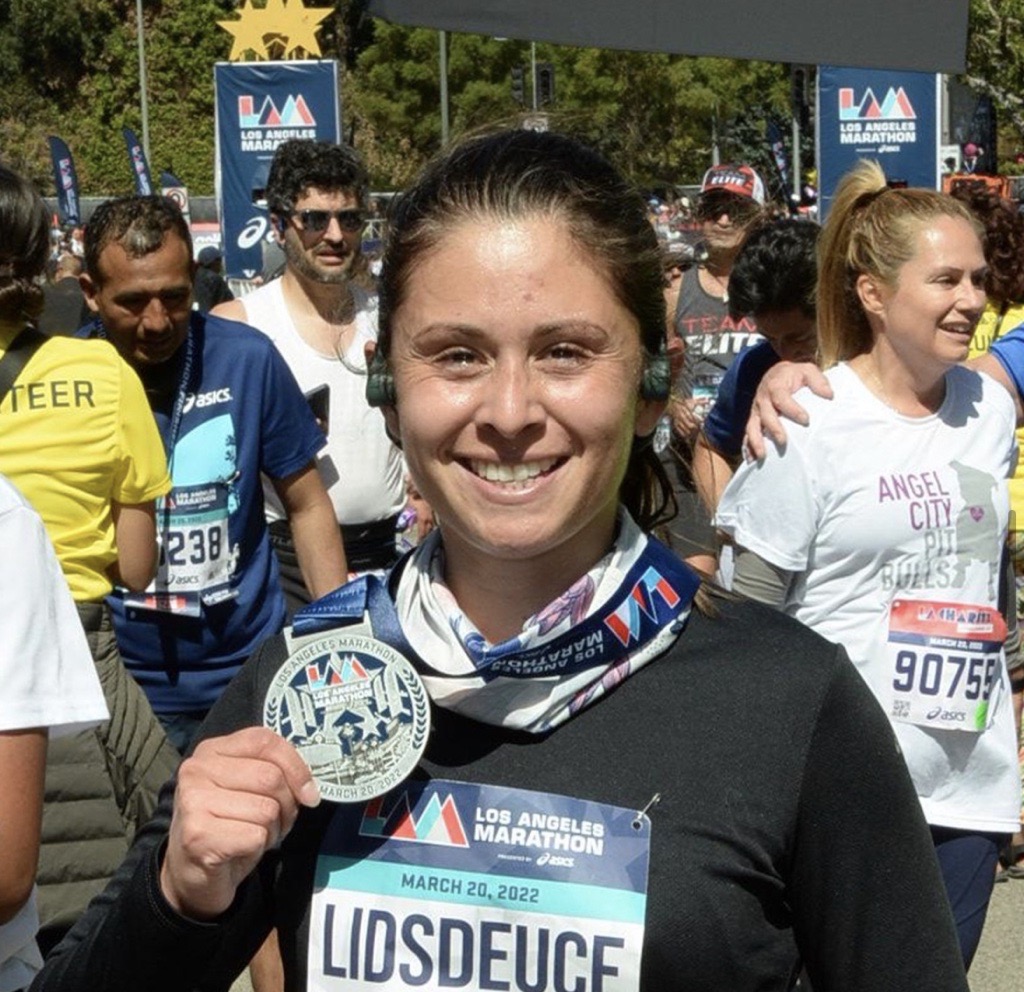
Meet Carrie: Carrie ran the LA Marathon for her Mom
“I had a friend who was running the LA marathon for the 2nd time and trying to get under 4 hours. I decided to run with her to help her achieve her goal. When I went...
Read morePartners
